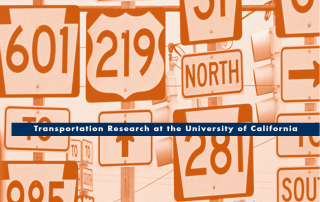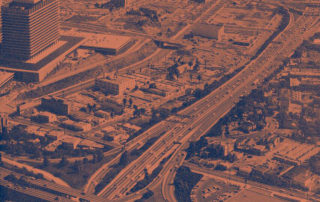ACCESS 32, Spring 2008
California’s Growth: An Uncertain Future
Michael B. Teitz
Few things are sadder than the sight of a friend in the grip of undernourishment, addiction, and delusion. That beloved friend is California— undernourished in what is necessary for its collective health, addicted to the consumption of public services, delusional about the necessity to pay for them. The word “crisis” is used far too frequently in public discourse, but it is hard to avoid the conclusion that California is now facing a serious crisis. The dimensions of that crisis go far beyond the range of the papers in this—and the next—issue of ACCESS: inadequate health care and insurance, a failing K-12 public school system, an under-funded and over-stressed higher education system, a public fiscal system that seems to be in permanent structural deficit with a form of governance full of incentives to keep it that way, and the likelihood of a recession. To all these, we may add the prospect of millions more added to the population, housing prices that are still far above the US median even with the current real estate collapse, insufficient and undermaintained infrastructure, water shortages exacerbated by climate change, and urban development that is inefficient and unhealthy.





